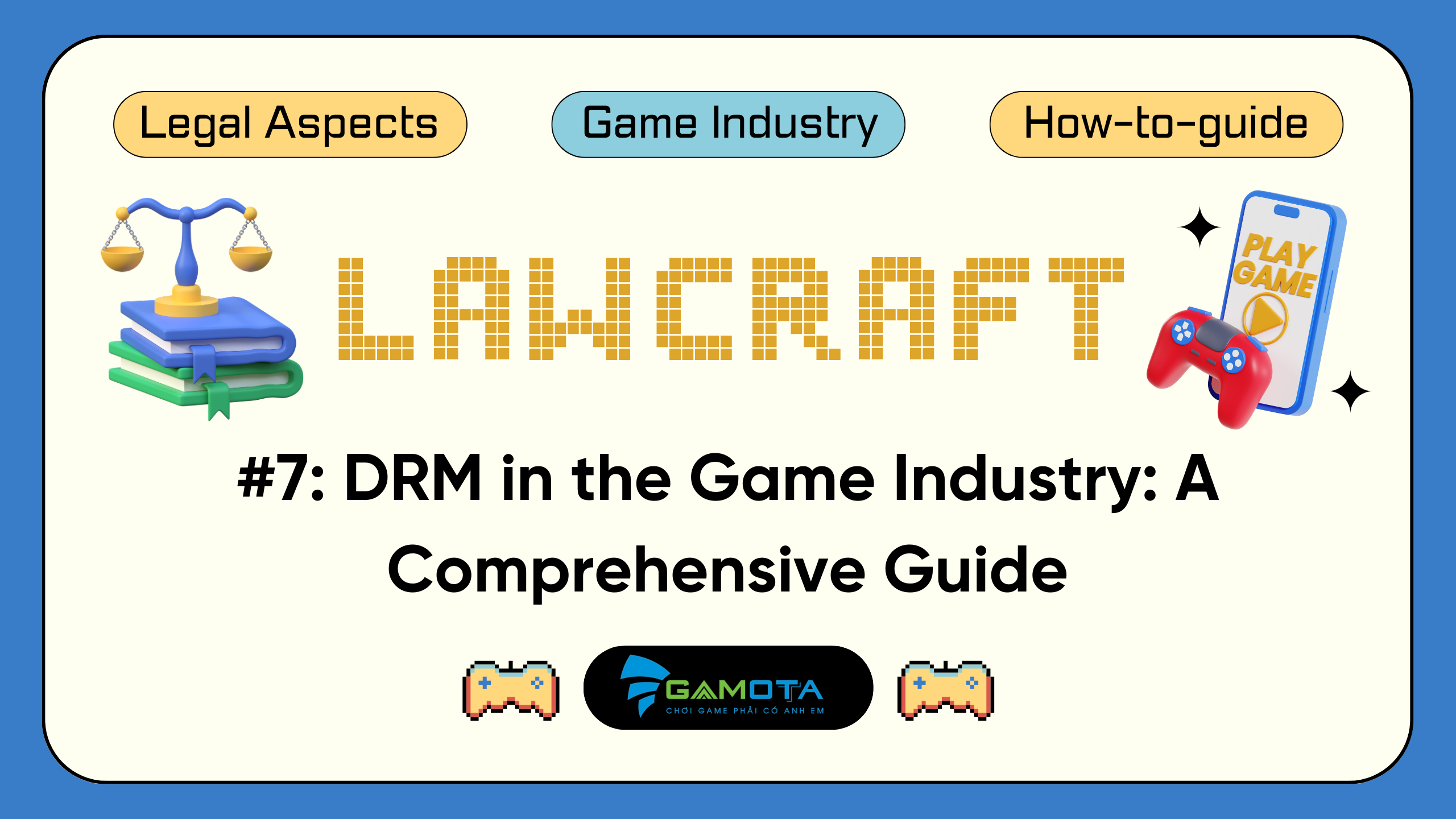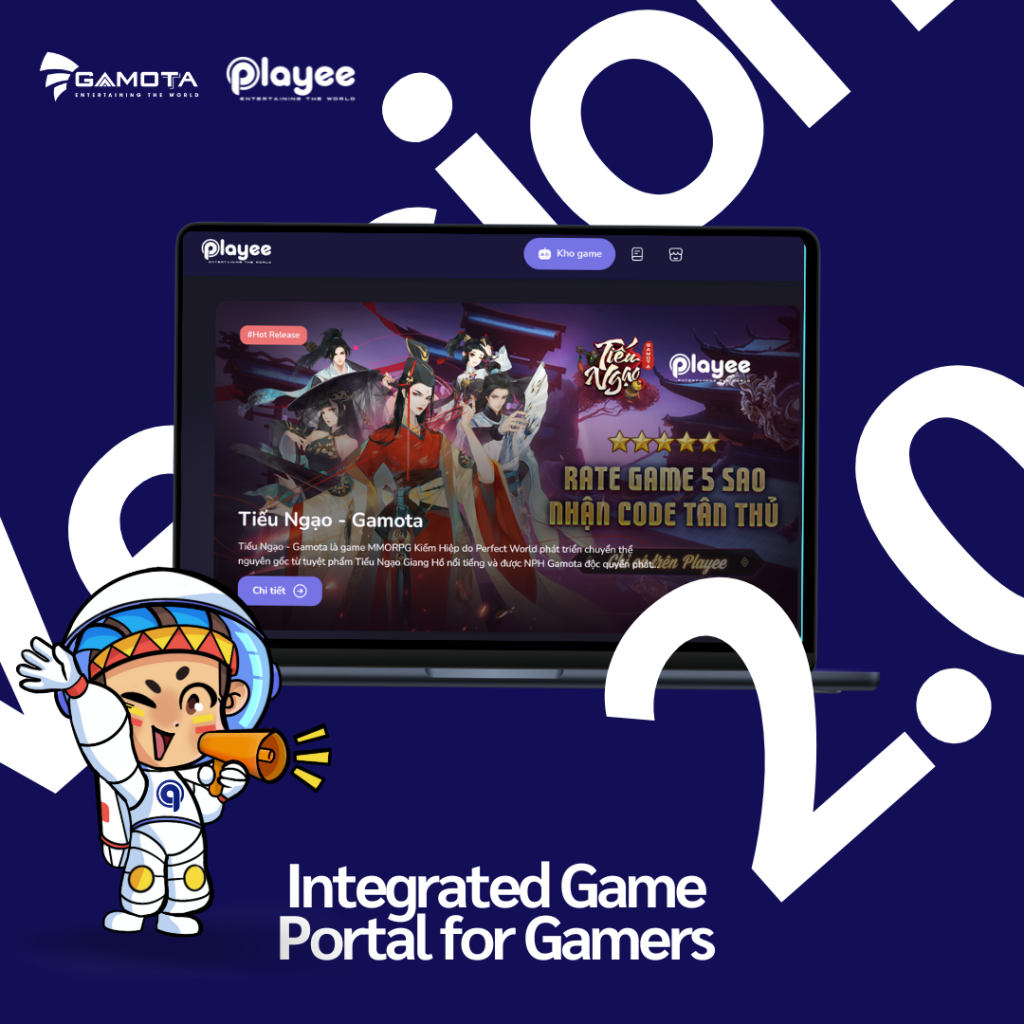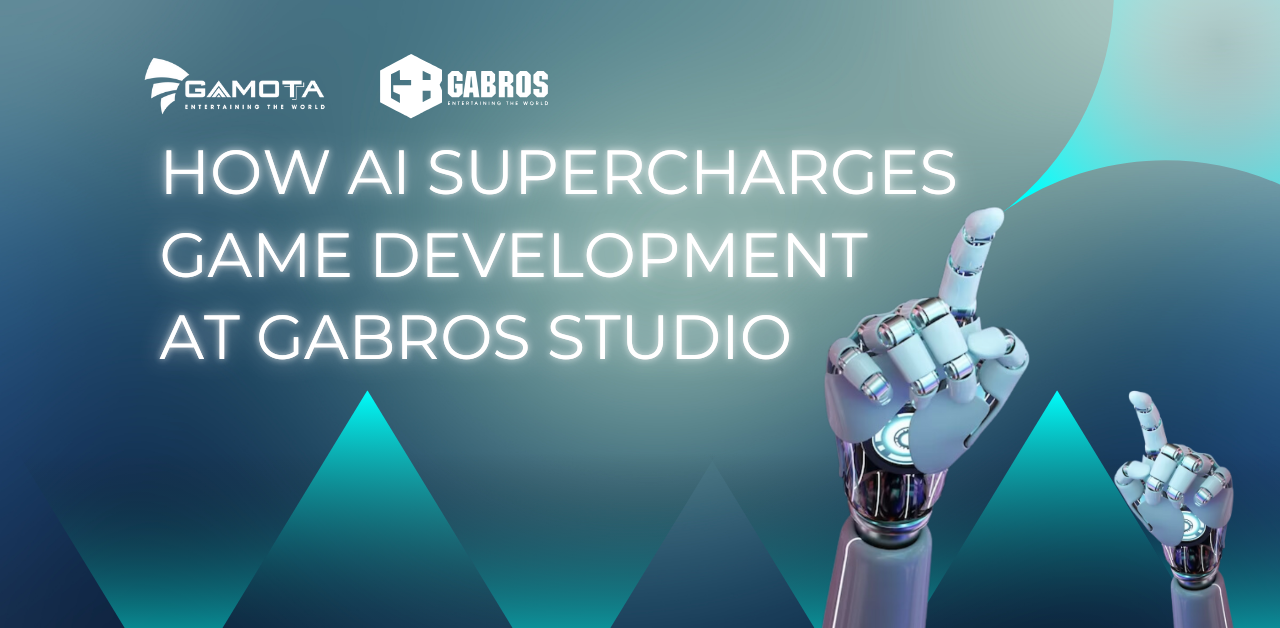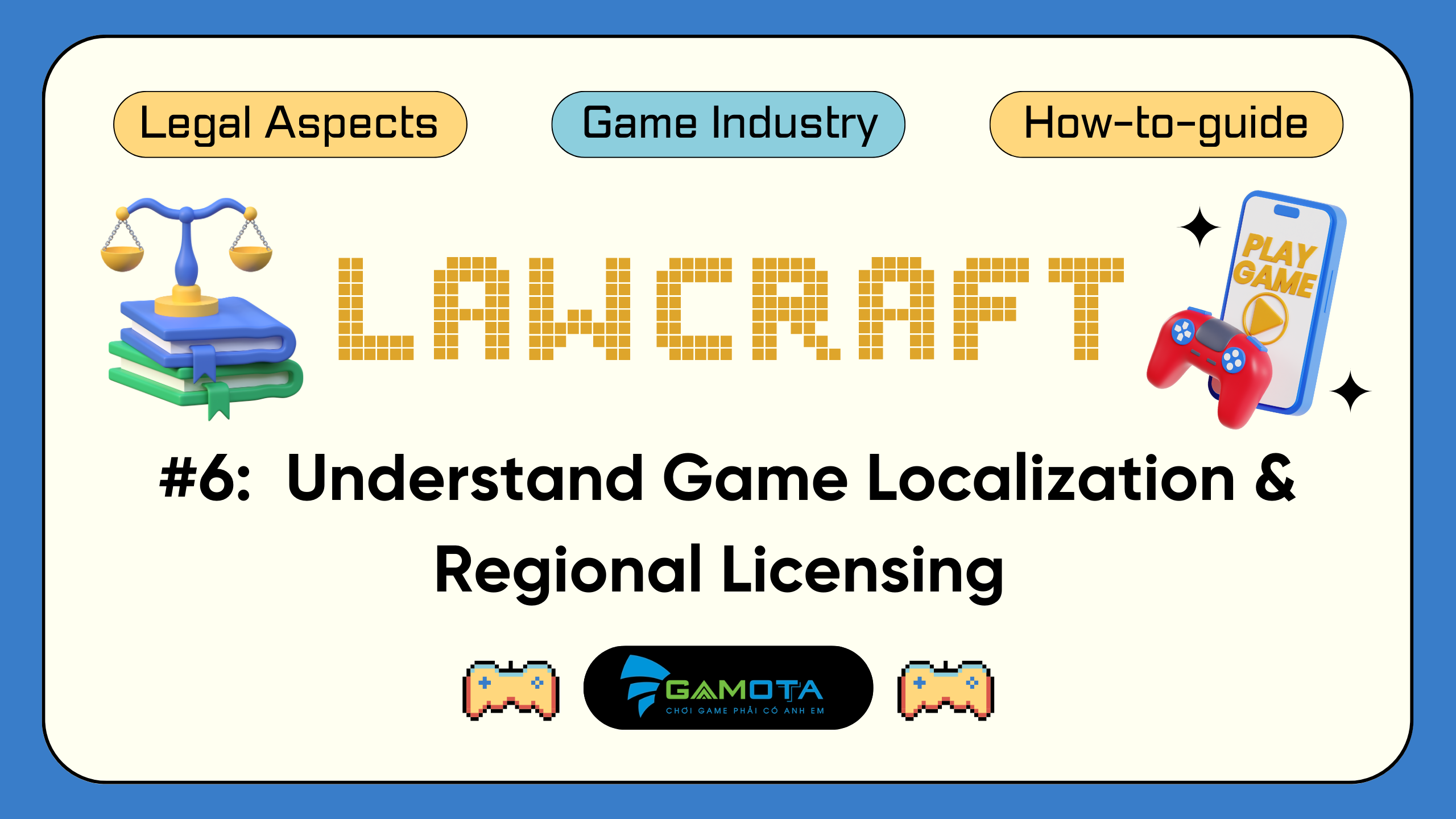Digital Rights Management, or DRM, is a critical component of the modern gaming industry. In this comprehensive guide, we’ll explore DRM in video games, how it works, its pros and cons, and its impact on both players and developers.
Disclaimer: You should take note that we are not legal consultants or counselors. However, we are an enterprise that has dealt with so much paperwork, and legal documents to bring the best entertainment experience tailored to our customers. We are delivering messages based on our work ethics, experience, and of course, objective standpoint accumulated from ups and downs. Therefore, keep this article as a checklist for a piece of mind. Okay, now let’s get started
What is DRM in the Game Industry?
DRM stands for Digital Rights Management. When you purchase digital media, whether it’s a video game or other digital content, you’re not acquiring ownership of the content itself. Instead, you’re obtaining a license to use that content on a specific platform or device. This distinction is vital to understanding DRM’s role in the gaming industry
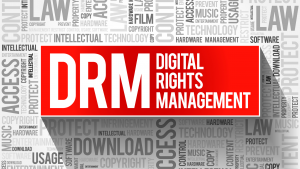
Type of DRM in the Game Industry
First up, we have Digital Rights Management software. Developers embed this software into games to ensure that only legitimate owners can access and play them. It may require online activation, limited activations, or the use of serial keys. While DRM software aims to protect the interests of game developers and publishers, it often inconveniences honest consumers and may even be cracked by pirates.
Online activation is another type of DRM used in the game industry. It requires players to activate their game online through a verification process. This ensures that the game is being used legitimately and prevents unauthorized usage. Limited activations restrict the number of a game’s activation times, often tied to a specific hardware configuration. This aims to prevent multiple installations and unauthorized sharing of the game. Serial keys are unique codes that users must enter during installation to verify the authenticity of their purchased game. This helps ensure that the game belongs to its rightful owner.
Disc-based DRM relies on physical media, such as CDs or DVDs, to authenticate the game. Users need to have the original disc in order to play the game. However, people can easily bypass or crack this form of DRM
Popular DRM Platforms in the Game Industry
Major gaming platforms like Steam, PlayStation Store, and Microsoft Store are examples of DRM platforms. These platforms require users to authenticate their game purchases through DRM, ensuring that only legitimate buyers can access and play the games they’ve acquired. This is a crucial step in combating piracy
The Purpose of DRM in the Game Industry
Protecting intellectual property is a top priority for game companies. After investing significant time, resources, and creativity in developing a game, it’s only fair that they safeguard their work from unauthorized distribution and copyright infringement. DRM ensures that only legitimate buyers can access and enjoy the game, protecting the intellectual property rights of the creators.
Read More on Navigating Intellectual Property for Game Developer
Preventing piracy is another significant reason for implementing DRM in the game industry. Piracy can lead to substantial revenue losses for developers, as unauthorized copies of games are freely available to download and play. DRM measures make it more challenging for pirates to crack the game and distribute it illegally. Securing revenue streams is crucial for the sustainability of game companies. By implementing DRM, developers can ensure that only paying customers have access to the full features and content of the game. This helps maintain a steady flow of income and encourages players to purchase the game instead of resorting to pirated versions. This control helps to protect their brand, reputation, and overall user experience

Benefits of DRM
One of the key pros is that it helps protect intellectual property. Game developers invest a lot of time, effort, and money into creating their games, and DRM ensures that their hard work is not easily stolen or pirated.
Another advantage is that DRM helps prevent piracy to some extent. Although it may not completely eliminate piracy, it acts as a deterrent and makes it harder for people to illegally distribute games. DRM also plays a crucial role in securing revenue streams for game developers and publishers. By protecting their games from unauthorized distribution, they can maintain control over their profits. It’s like having a virtual bouncer guarding the door to their revenue party.
DRM also enables various features that enhance the gaming experience. For example, on Steam, DRM supports features like trading cards, which players can collect and trade, as well as achievements and leaderboards like PlayStation trophies and Xbox gamerscores. These features can add depth to gameplay and encourage player engagement
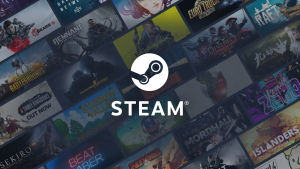
Drawbacks of DRM
One of the main drawbacks is that it can restrict consumer rights, limiting the legitimate use and sharing of games. DRM often imposes restrictions on things like reselling or lending games, causing frustration for honest gamers. Additionally, DRM can sometimes lead to technical issues and compatibility problems. It’s like adding an extra layer of complexity to an already complex process. And let’s not forget the instances when DRM systems have inconvenienced honest consumers by falsely flagging their legitimate copies as pirated. This has happened in the past, leaving players unable to access their purchased games. However, this risk can be mitigated by maintaining physical copies of games or supporting DRM-free options
DRM also has the potential to invade your privacy. In the past, some DRM systems required constant internet connectivity to verify the legitimacy of a game copy you to sacrifice your personal data just to play a game. And if you’re one of those people who value their privacy (which is probably most of us), this invasion can be quite unsettling. However, this practice has become less common, partly due to backlash from players who want to enjoy their games offline. Today, many games offer offline modes, reducing the need for a constant internet connection
Alternatives to DRM
Streaming Service
Streaming services have emerged as one of the key alternatives to DRM in the game industry. With the rise of platforms like Netflix and Spotify, consumers can now access a large game collection without the need for physical copies or troublesome DRM restrictions. By subscribing to these services, gamers can enjoy unlimited access to a wide variety of games, all while bypassing the need for traditional DRM measures.

DRM-Free Game
DRM-free games are an alternative for players who want to avoid DRM restrictions. Platforms like GOG (Good Old Games) are known for their extensive library of DRM-free games. These games provide more accessibility, particularly for indie titles. Gamers who value ownership and the ability to play without online checks often prefer these DRM-free options.
Subscription Models
Subscription models are another alternative gaining popularity in the industry. Instead of purchasing individual games, players can opt for monthly or yearly subscriptions that give them access to a curated selection of games. This not only allows gamers to explore new titles without a significant upfront investment but also eliminates the need for DRM, as the games are tied to the subscription service rather than individual users.
Lightweight Content Protection
Lightweight Content Protection (LCP) is an upcoming technology that aims to provide a better user experience while still protecting intellectual property. LCP offers a standardized encryption system for digital products, such as eBooks, that can be used across multiple platforms. This means users can enjoy their purchased content on various devices without being locked into a specific platform or facing intrusive DRM measures.
DRM in AAA PC Game Releases
Despite the availability of DRM-free options, many AAA PC game releases still implement DRM to protect their investments. Some common methods of DRM used in AAA PC game releases include:
- Steamworks: Steamworks is a DRM platform that can protect their PC games from piracy. It requires players to have a valid Steam account and to be connected to the internet to play the game
- Denuvo Anti-Tamper: Denuvo Anti-Tamper is a third-party DRM solution that can protect games from being cracked and pirated. It works by encrypting the game’s executable code and making it difficult for hackers to bypass the protection
- SecuROM: SecuROM is another third-party DRM solution, that secures games from piracy. It works by requiring players to activate the game online and limiting the number of times the game can be installed on different computers
This shows that DRM still remains relevant in the industry, even as alternatives exist for players who prefer a more open gaming experience.

A Little Advice from Gamota
Okay, just by looking at the drawbacks of DRM, you may guess that DRM has made many gamers weary of it. So the question is, how can developers balance the use of DRM and user experience? It is essential to find a middle ground that protects the developer’s investment while providing a positive gaming experience for players.
Way to Balance DRM and User Satisfaction
- Understand the benefits and challenges: Gain a thorough understanding of the benefits and challenges associated with DRM implementation. Recognize the importance of protecting intellectual property while being aware of potential user experience implications
- Prioritize user experience: Put user experience at the forefront of game development. Ensure that DRM measures do not negatively impact gameplay, performance, or accessibility. Strive to create a seamless and enjoyable gaming experience for players.
- Choose the right DRM solution: Select a DRM solution that strikes a balance between content protection and usability. Look for DRM technologies that offer robust security measures while minimizing any potential disruptions to the user experience.
- Test extensively: Conduct thorough testing to identify and address any issues or conflicts that may arise from DRM implementation. Test the game across different platforms, devices, and scenarios to ensure that the DRM measures do not hinder the user experience.
- Communicate with players: Be transparent with players about the DRM measures in the game. Clearly communicate the purpose and benefits of DRM to build trust and understanding among the player community.
- Consider alternative approaches: Explore alternative approaches to DRM that may provide a better balance between content protection and user experience. For example, some developers choose to release DRM-free versions of their games on platforms that cater to players who prefer a more open and unrestricted gaming experience
By following these pieces of advice, game developers can strive to strike a balance between DRM and user experience, ensuring that their games are protected while providing an enjoyable gaming experience for players.
CONTACT US NOW to get more info and advice, or Subscribe down below if you’re interested in our weekly newsletter

